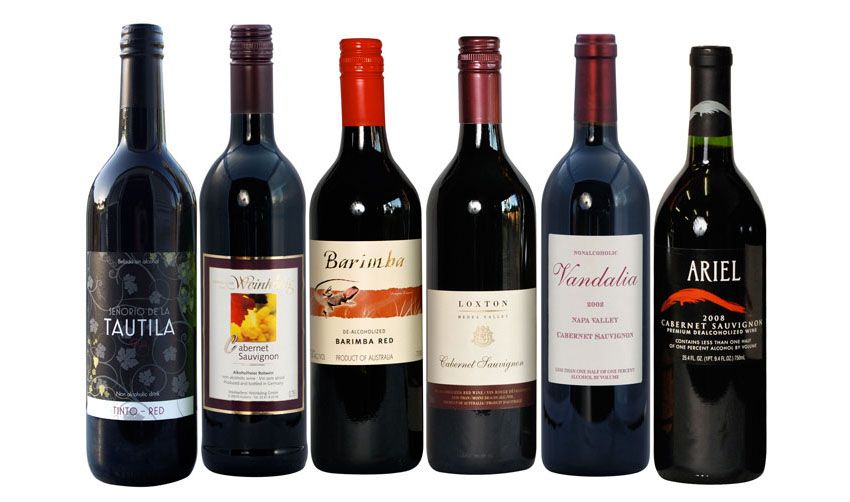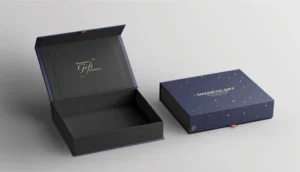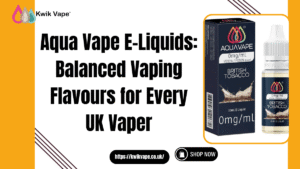
The beverage industry has undergone a significant transformation. One of the most intriguing developments is the rise of non-alcoholic wine. Once a niche product with limited options, non-alcoholic wine is now flourishing, driven by consumer demand for healthier lifestyles, sober-curious movements, and inclusive social experiences.
At the heart of this evolution are non-alcoholic wine distributors, an often-overlooked yet essential part of the supply chain, working behind the scenes to bring this growing category to shelves, restaurants, and online platforms.
The Growth of the Non-Alcoholic Wine Market
Globally, the non-alcoholic beverage market has experienced steady growth, with non-alcoholic wines gaining increasing attention. In 2022, the non-alcoholic wine sector was valued at over $500 million and is projected to continue its upward trend, reaching new markets and consumer demographics. This rise is not just about abstainers or those in recovery. It reflects a broader cultural shift toward moderation and mindfulness.
Health-conscious millennials and Gen Z consumers are leading this charge. Many seek the taste, ritual, and sophistication of wine without the effects of alcohol. This growing demand has led to a surge in innovation—from de-alcoholization techniques that retain flavor complexity to creative packaging that mirrors traditional wine aesthetics.
Who Are the Non-Alcoholic Wine Distributors?
Non-alcoholic wine distributors are companies and individuals responsible for bridging the gap between producers and the end market. They work with vineyards and winemakers specializing in low- or no-alcohol wines, sourcing products and ensuring their distribution across a variety of platforms including retail outlets, restaurants, bars, and e-commerce sites.
Distributors range from traditional wine companies expanding their offerings to new businesses born from the non-alcoholic revolution. Many of these distributors also act as educators, helping retailers and consumers understand the nuances of non-alcoholic wine—how it’s made, how to pair it, and why it’s worth trying.
Challenges in Distribution
Though the category is booming, non-alcoholic wine distributors face unique challenges:
1. Perception and Education
Many consumers still hold outdated notions that non-alcoholic wine is essentially glorified grape juice. Distributors must overcome this stigma through tastings, storytelling, and marketing that emphasizes the complexity and craftsmanship of modern non-alcoholic wines.
2. Shelf Placement
Non-alcoholic wines often don’t have a dedicated spot in retail stores. They can be placed next to traditional wines, in the health food section, or near soft drinks—each with its own implications for visibility and sales. Distributors must work closely with retailers to secure favorable placement that aligns with consumer shopping habits.
3. Logistics and Supply Chain
Because non-alcoholic wine is still relatively niche, managing inventory and forecasting demand is more difficult than for traditional wine. Distributors often deal with smaller production batches and must balance availability with freshness, especially for sparkling and low-preservative varieties.
4. Licensing and Regulation
Interestingly, despite containing little or no alcohol (typically under 0.5% ABV), non-alcoholic wine can fall into regulatory gray areas. Distributors must navigate varying regional laws, shipping restrictions, and labeling requirements—especially when operating across state or international borders.
Innovation and Opportunity
Despite these challenges, the non-alcoholic wine sector is ripe with opportunity. Distributors are not just middlemen—they’re often key players in product development and branding.
Some are forming exclusive partnerships with winemakers to produce custom blends tailored to specific markets or consumer segments. Others are investing in content creation, building communities around alcohol-free lifestyles, hosting virtual tastings, or collaborating with influencers and chefs.
E-commerce is another major frontier. Online platforms like Boisson, The Zero Proof, and Better Rhodes specialize in non-alcoholic beverages, often curating their selections through direct relationships with distributors. These platforms rely on logistics partners who understand the temperature sensitivity, packaging standards, and consumer expectations specific to alcohol-free wines.
The Sustainability Angle
Sustainability is another compelling factor in the rise of non-alcoholic wine distributors. With growing awareness about carbon footprints and ethical sourcing, many distributors are prioritizing eco-friendly practices. This includes working with vineyards that use organic or biodynamic farming, utilizing lightweight or recycled packaging, and reducing transportation emissions through localized distribution hubs.
Some non-alcoholic wine brands even lean into plant-based, vegan certifications, further expanding their appeal to conscious consumers.
Case Study: A Day in the Life of a Distributor
Consider a boutique distributor based in California. Their day starts with managing supplier relationships—coordinating with European de-alcoholized wine producers and checking on shipment statuses. In the afternoon, they host an online tasting for a restaurant group interested in updating their mocktail and wine list. Later, they visit a local independent grocery store to renegotiate shelf space and run a weekend promotion.
Behind every bottle of non-alcoholic wine on the shelf is this blend of logistics, relationship management, sales strategy, and education. Distributors in this space are often jacks-of-all-trades—equally adept at handling inventory as they are pitching to sommeliers or managing digital marketing campaigns.
Looking Ahead: The Future of the Industry
As the non-alcoholic wine industry matures, we can expect to see more consolidation, with large beverage conglomerates entering the space or acquiring smaller, specialized distributors. However, niche players will likely continue to thrive, particularly those who offer curated selections, deep product knowledge, and personalized service.
Technological innovation, like AI-powered demand forecasting, blockchain-based supply chain tracking, and immersive e-commerce experiences, may also redefine how non-alcoholic wines are distributed and sold.
In addition, international markets present a vast opportunity. Countries with high populations of non-drinkers for religious or cultural reasons are increasingly open to sophisticated non-alcoholic beverage options. Distributors who can navigate language, customs, and trade laws in these regions stand to benefit greatly.
Conclusion
Non-alcoholic wine distributors are quietly reshaping the way we think about wine culture. They serve as vital connectors in a rapidly evolving ecosystem, balancing innovation with tradition, and quality with accessibility. As more consumers seek alternatives that align with their health goals, values, and lifestyles, the work of these distributors will only become more central to the beverage industry’s future.
In a world where choice and inclusivity reign, non-alcoholic wine is no longer just an alternative—it’s becoming a standard. And the distributors making that possible are the unsung heroes driving the movement forward.






